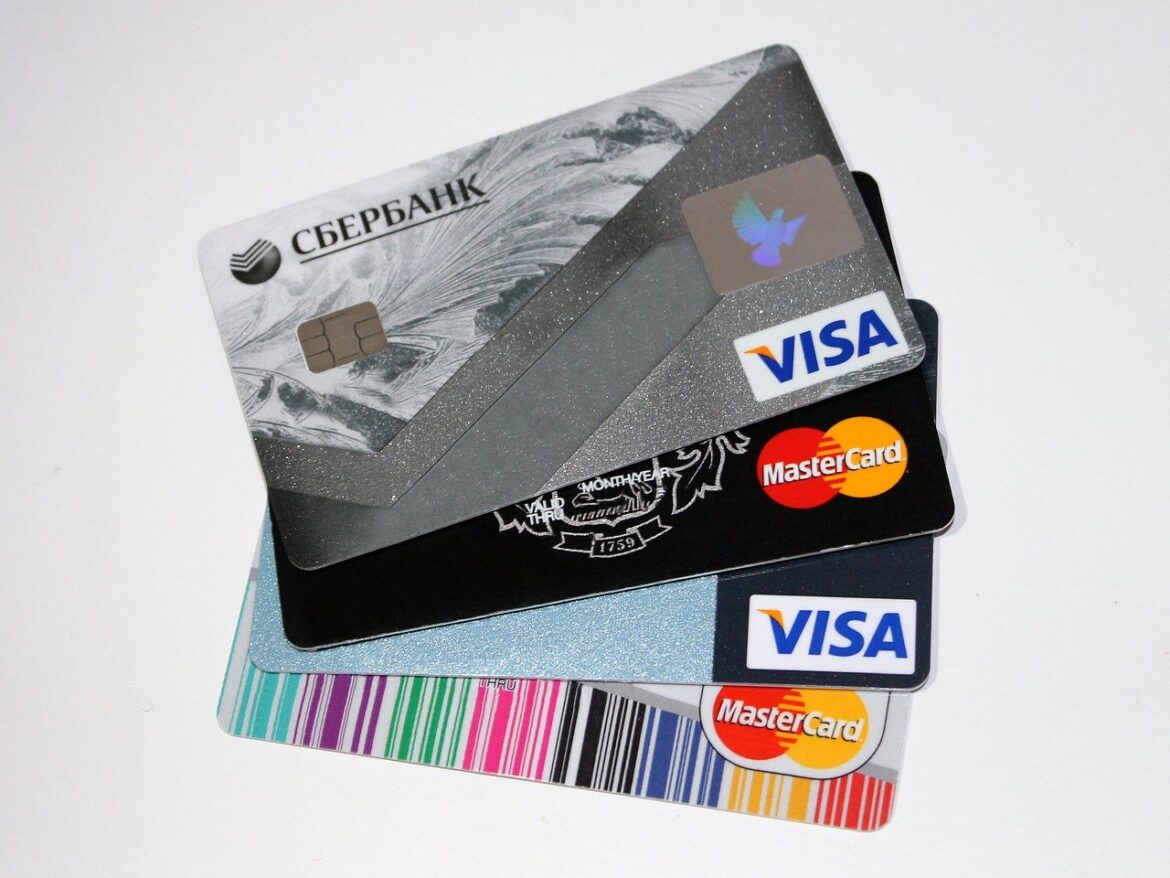A low-interest credit card saves you money by reducing the cost of debt. When you pay less interest, you can pay back what you’ve borrowed faster. A card with a 0% introductory APR (Annual Percentage Rate) period will save you more interest in the short term. The annual percentage rate, or APR, is the interest rate that your credit card issuer charges for your card debt. Some cards charge a one-time fee for all debts on the card; Others charge different rates for different types of debt (purchases, cash advances, etc.).
Issuers typically set their rates a certain number of percentage points above the prime rate, which is the rate that large banks charge their best customers. For example, your rate could be “premium + 12 points.” If the prime rate were 5.5%, your APR would be 17.5%. Except for introductory 0% APR offers or interest rate offers, you won’t find a credit card APR lower than the prime rate.
Most credit cards offer a “grace period” to avoid paying interest. Thus, if you pay your balance in full each month, you will have no interest in your purchases. But if you leave debt month after month, the interest will begin to accumulate as soon as it reaches your statement.
If you are a “transactor”(i.e. you use your card for convenience and reward and you pay the bill in full every month), then your APR is practically irrelevant. This is because you will never pay even 10 cents of interest.
On the other hand, if you are a “revolver”, or someone who uses cards to buy items, cannot pay his full account statement, and has debt every month, then your APR is very important because it dictates how much you pay in interest.
A few credit card companies offer credit cards that focus on relieving the stress of some customers by awarding them low APR. Below are a few of them.
U.S. Bank Visa Platinum card
- Annual fee: $ 95
- Regular APR (Annual Percentage Rate): 14.49% – 25.49%. Variable APR.
- Introductory APR: 0% on purchases and balance transfers for 20 billing cycles.
- Recommended credit score: 690-719 (good).
HSBC Gold Mastercard
- Annual fee: $ 0
- Regular APR (Annual Percentage Rate): 13.24%, 17.24% or 21.24%. Variable.
- Introductory APR: 0% introductory APR on credit card purchases and balance transfers for the first 18 months from account opening.
- Recommended credit score: 690-850 (good-excellent).
Capital One Quicksilver Cash Rewards
- Annual fee: $ 0
- Regular APR (Annual Percentage Rate): 16.24% – 26.24%. Variable APR.
- Introductory APR: 0% on purchases and balance transfers for 15 months
- Recommended credit score: 690-850 (good-excellent).
Chase Freedom
- Annual fee: $ 0
- Regular APR (Annual Percentage Rate): 17.24% – 25.99% Variable APR.
- Introductory APR: 0% on purchases and balance transfers for 15 months.
- Recommended credit score: 690-850 (good-excellent).
Discover it Balance Transfer
- Annual fee: $ 0
- Regular APR (Annual Percentage Rate): 14.24% – 25.24%. Variable APR.
- Introductory APR: 0% on purchases for 6 months and 0% on balance transfers for 18 months.
- Recommended credit score: 690-850 (good-excellent).
Citi Double Cash Card
- Annual fee: $ 0
- Regular APR (Annual Percentage Rate): 15.99% – 25.99%. Variable APR.
- Introductory APR: 0% on balance transfers for 18 months.
- Recommended credit score: 690-850 (good-excellent).

